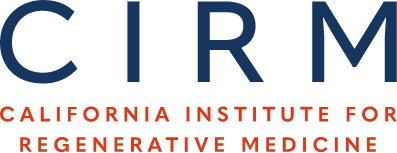Conserved and divergent features of trophoblast stem cells.
Publication Year:
2024
PubMed ID:
38276878
Funding Grants:
Public Summary:
Trophoblast stem cells (TSCs) are crucial for developing the placenta, as they can produce all the cell types needed for its function. Culturing TSCs in the lab provides a valuable model to study how trophoblasts mature, both in healthy and diseased pregnancies. However, there is a lot of variability in placental development and structure among different mammals. This review focuses on how TSCs are established and maintained in different species, such as humans, primates, rodents, and other animals, with a particular emphasis on the epigenetic factors that regulate their development. In mice, FGF signaling is essential for TSCs, but other species, including humans, require more complex signaling pathways like WNT activation and TGFbeta inhibition. Epigenetic modifications, such as DNA and histone changes, vary throughout development and between species. While TSCs from different animals share some epigenetic traits, our understanding of how these cells retain the placental-specific epigenetic marks is still incomplete. Future research should focus on exploring the global and placental-specific gene expression in TSCs and trophoblasts to improve our understanding of placental development
Scientific Abstract:
Trophoblast stem cells (TSCs) are a proliferative multipotent population derived from the trophectoderm of the blastocyst, which will give rise to all the functional cell types of the trophoblast compartment of the placenta. The isolation and culture of TSCs in vitro represent a robust model to study mechanisms of trophoblast differentiation into mature cells both in successful and diseased pregnancy. Despite the highly conserved functions of the placenta, there is extreme variability in placental morphology, fetal-maternal interface, and development among eutherian mammals. This review aims to summarize the establishment and maintenance of TSCs in mammals such as primates, including human, rodents, and nontraditional animal models with a primary emphasis on epigenetic regulation of their origin while defining gaps in the current literature and areas of further development. FGF signaling is critical for mouse TSCs but dispensable for derivation of TSCs in other species. Human, simian, and bovine TSCs have much more complicated requirements of signaling pathways including activation of WNT and inhibition of TGFbeta cascades. Epigenetic features such as DNA and histone methylation as well as histone acetylation are dynamic during development and are expressed in cell- and gestational age-specific pattern in placental trophoblasts. While TSCs from different species seem to recapitulate some select epigenomic features, there is a limitation in the comprehensive understanding of TSCs and how well TSCs retain placental epigenetic marks. Therefore, future studies should be directed at investigating epigenomic features of global and placental-specific gene expression in primary trophoblasts and TSCs.



